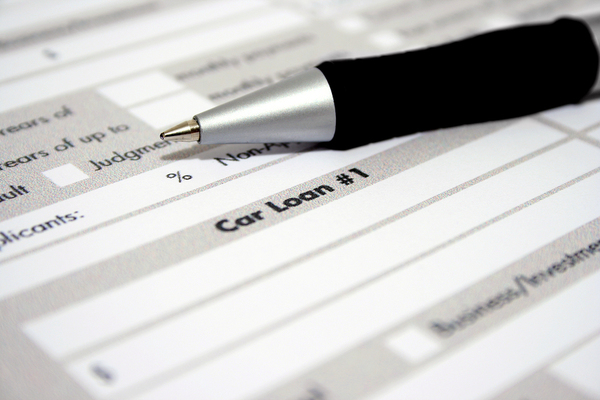A Guide to Refinancing Your Auto Loan
A Guide to Refinancing Your Auto Loan

Don’t let insurance crush your budget.
Your auto loan may be a fixed cost in your budget, but it doesn’t have to be at the same rate or the same payment. Refinancing your auto loans can be a useful way to lower your payment or the interest you’re paying. Here’s how to refinance the smart way.
Why Refinance?
The first question to ask is why you’re refinancing. Do you want to up your credit score with a better loan? Do you want to make room in your budget? Are you just unsatisfied with your current loan or your provider and you want to switch? Having that in mind will be important as you decide whether or not to refinance.
What Are You Paying?
Start by taking a close look at what you’re paying. How much do you have left on your loan? What’s your monthly payment? What’s your interest rate? This will give you a rough idea of what to look for with refinancing quotes. You should also, at this point, figure out how much your car is actually worth. If you do the math and are paying more for your car than its value, that’s something you should be aware of.
What’s Your Score?
Next, look at your credit score. Remember, you can annually request a free credit report directly from the three major credit bureaus, TransUnion, Experian, and Equifax, and it’s always worth doing this in general to make sure there are no errors or inaccuracies. It’s especially important because your score may have changed to a surprising degree over time. If you were getting back on your feet when you were getting your loan, you might be able to majorly cut your interest payments.

Refinancing your loan can be a complex decision.
Get Quotes
Once you’ve got everything in place, contact financial institutions and auto finance companies about auto loans. You should be able to secure a range of quotes on refinancing. Remember to be specific about your make and model and your financial situation, and what you’re looking for.
When you get quotes, compare them against both each other and your current loan. Look, in particular, at the interest rate and the overall term. The lower the interest rate, of course, the better, but remember that it’s also a function of the term. If your term is longer, you’ll need to work out the real cost.
Do The Math
One of the useful things about car loans is that you can, very easily, work out how much you’ll pay across the entire life of the loan. Sit down and do the overall math; some quotes will even handily include an overall monthly payment. This will give you just the opportunity you need to compare both your current auto loan and what’s on the table for refinancing. Of course, a loan that you pay about as much or more is a bad one, but keep in mind also that a lower overall cost that extends your term may not be worth it either. After all, the older your car is, the less it’s worth as a trade-in.
Refinancing your car can be a smart idea, but it needs to be done smartly. If you’re thinking of trading in instead, search new vehicles.


